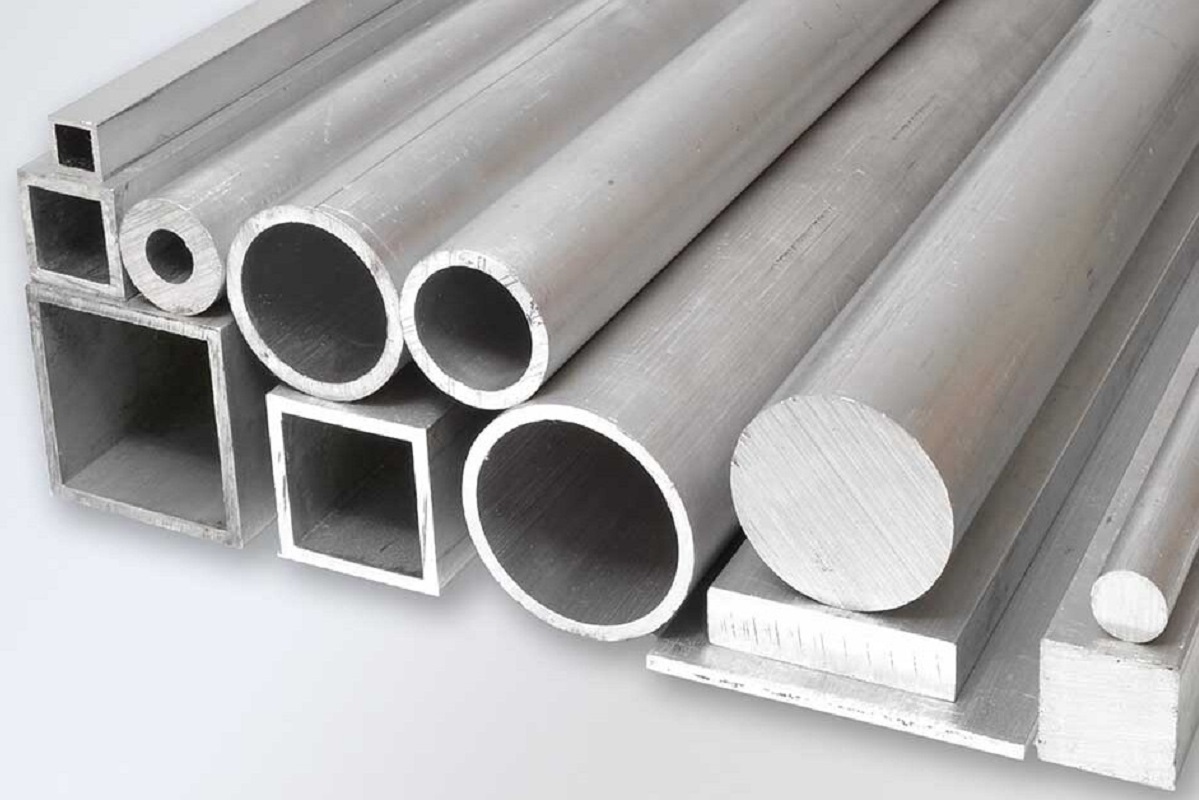Aluminum, a silvery-white, lightweight metal, has revolutionized industries across the globe due to its unique combination of properties such as corrosion resistance, high strength-to-weight ratio, and exceptional malleability. As the third most abundant element in the Earth’s crust and the most commonly used non-ferrous metal, aluminum is vital to modern life.
What is Aluminum? Understanding its Properties
Aluminum (chemical symbol Al, atomic number 13) is a soft, durable, non-magnetic, and ductile metal. It is naturally found in bauxite ore, from which it is extracted through a two-step process involving Bayer’s process and Hall-Héroult electrolysis.
Key Physical and Chemical Properties:
Density: Approximately 2.7 g/cm³ (one-third that of steel or copper)
Melting Point: 660.3°C (1220.5°F)
Electrical Conductivity: About 61% that of copper, but much lighter
Corrosion Resistance: Due to the formation of a stable oxide layer
Recyclability: 100% recyclable without loss of properties
These characteristics make aluminum a versatile and sustainable material, ideal for numerous industrial and consumer applications.
Major Applications of Aluminum Across Industries
1. Aerospace and Aviation
Aluminum is the backbone of the aerospace industry, used in the manufacturing of aircraft fuselages, wings, and internal components. Its lightweight nature and strength reduce fuel consumption while maintaining structural integrity.
2. Construction and Architecture
From window frames and cladding to bridges and high-rise structures, aluminum is prized for its durability and aesthetic flexibility. Anodized or painted aluminum surfaces provide both strength and visual appeal.
3. Transportation and Automotive
Aluminum plays a vital role in fuel-efficient vehicle design. Its use in car bodies, engine components, and chassis helps manufacturers meet emission regulations by reducing vehicle weight.
4. Packaging
Aluminum cans, foils, and containers offer excellent barrier properties against light, air, and moisture, making it ideal for preserving food and beverages. The infinite recyclability of aluminum packaging also supports environmental sustainability.
5. Electrical and Electronics
Used in transmission lines, capacitors, and heat sinks, aluminum is essential in power generation and electronics due to its excellent conductivity and low weight.
6. Consumer Goods
From smartphones to kitchen appliances, aluminum is favored for its sleek finish and high durability. It is also hypoallergenic, making it suitable for personal care products like deodorant containers.
Aluminum Manufacturing Process: From Bauxite to Product
Step 1: Mining Bauxite
Bauxite ore is the primary raw material for aluminum production. Rich in aluminum oxide, bauxite is mined mainly in tropical and subtropical regions such as Australia, Guinea, and Brazil.
Step 2: Bayer Process
The bauxite is refined to extract alumina (Al₂O₃) through a high-temperature chemical process involving caustic soda. The by-product, red mud, is environmentally managed.
Step 3: Hall-Héroult Electrolysis
Pure alumina is dissolved in molten cryolite and electrolyzed to separate aluminum metal from oxygen. This process is energy-intensive and often powered by hydroelectricity to reduce carbon emissions.
Step 4: Casting and Rolling
Molten aluminum is cast into ingots, billets, or slabs, which are then rolled, extruded, or forged into various shapes for industrial use.
Step 5: Fabrication and Finishing
Aluminum can undergo anodizing, powder coating, painting, or machining to enhance durability and appearance, making it ready for final use in products.
Environmental Impact and Sustainability of Aluminum
1. Recyclability and Circular Economy
Aluminum is infinitely recyclable without losing its properties. Recycling aluminum saves up to 95% of the energy compared to primary production, significantly reducing greenhouse gas emissions.
2. Role in Green Technology
Lightweight aluminum components are crucial in electric vehicles (EVs), renewable energy systems, and sustainable construction, contributing to a lower carbon footprint.
3. Challenges in Mining and Refining
While aluminum’s lifecycle is environmentally favorable, bauxite mining and red mud disposal pose ecological concerns. Continuous innovation in waste management and greener processing methods is essential.
Global Market Trends and Leading Producers
Top Aluminum-Producing Countries:
China (leading with over 50% of global production)
India
Russia
Canada
United Arab Emirates
Global Consumption Patterns
Demand for aluminum is steadily rising due to urbanization, infrastructure development, and electrification. Key growth sectors include automotive lightweighting, solar panel frames, and sustainable packaging.
Aluminum Pricing and Trade
Prices are influenced by energy costs, geopolitical tensions, supply chain disruptions, and environmental regulations. The London Metal Exchange (LME) serves as a global benchmark for aluminum pricing.
Advancements and Future Prospects
1. Aluminum Alloys
Innovations in alloying have led to stronger, more heat-resistant materials, such as 7075 and 6061 aluminum, widely used in aerospace and automotive engineering.
2. 3D Printing with Aluminum
Additive manufacturing with aluminum powders is opening new frontiers in lightweight, complex component production in industries such as aerospace and medical devices.
3. Green Aluminum Initiatives
Companies are investing in low-carbon aluminum by integrating renewable energy sources and carbon capture technologies into the smelting process.
Health and Safety Considerations
While aluminum is considered safe for most uses, prolonged exposure to fine aluminum dust or fumes during industrial processes may require protective measures. The role of aluminum in health concerns, such as Alzheimer’s disease, remains inconclusive but continues to be studied.
Conclusion
Aluminum is a cornerstone of modern engineering, design, and sustainability. From aircraft and cars to cans and cables, its influence permeates every aspect of our daily lives. Its combination of lightweight strength, corrosion resistance, and recyclability makes it indispensable in the global pursuit of efficiency and environmental responsibility. With continuous innovation and sustainable practices, aluminum is set to shape the industries of the future.



















